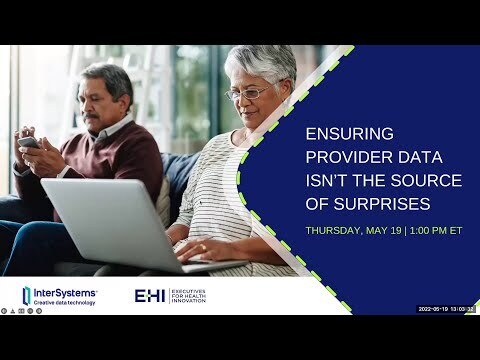The No Surprises Act (NSA) which went into effect on January 1, 2022, provides consumers federal protections from unexpected medical bills. One of the provisions of the No Surprises Act requires health plans to update their provider directories more frequently. This gets to the root cause of surprise billing, which is patients’ ability to easily identify which providers are in-network. If payers can update their directory in just 48 hours, as the law mandates, patients will have a much better chance of finding care that’s actually covered by their plans.
Sounds easy, right? Except for the fact that health plans are processing an avalanche of provider data each day, and that data is NOT streaming in seamlessly through a shared platform between payers and providers. It’s no surprise (pun intended) that the provider directory updates can take weeks, cost millions of dollars, and still have an accuracy rate of 60%. That’s hugely problematic, since payers rely on this information not only to update their provider directories, but also to determine which providers should be paid contracted rates, for specialty and licensing updates, and for billing information changes that are necessary to pay claims.
What you will hear
Historically it has been challenging for payers and providers to solve for all these issues, but new cutting-edge innovations now make it possible to automate the millions of human hours spent cleaning and keying in this data, as well as improve its accuracy.
Speakers
- Dan Hoodin, Vice President, Managed Care Strategy and Development, Hospital Sisters Health System
- Mike Kane, Vice President, Provider Operations; Principal, Provider Data Accuracy, United Healthcare
- Lynda Rowe, Senior Advisor, Value-based Markets, InterSystems


























